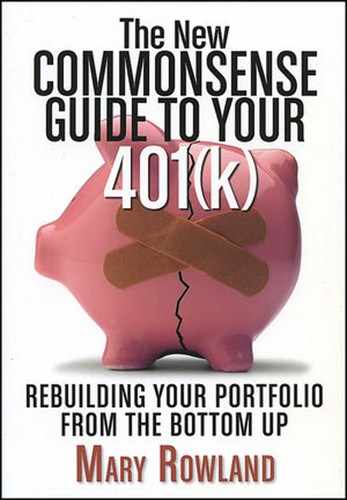INVESTORS ARE ALWAYS looking for that one magic investment that will make their fortune. The closest thing you will get to magic in investing is the compounding of interest. What that means is that your earnings generate their own earnings so that, seemingly by magic, money begets more money and the money you invested doubles, triples, and quadruples. Albert Einstein is alleged to have called the compounding of interest the greatest mathematical discovery of all time.
When an inexperienced investor thinks about saving for a goal, he typically estimates how much he needs and divides it by the number of years—or months—that he has to meet his goal. So to save $10,000 in five years, he might figure he needed to stash away $2,000 a year. He's wrong.
Time is the magic ingredient here. The power of compounding means that even a tiny sum of money can grow into a colossus given enough time. Consider the $24 paid by the Dutch for the island of Manhattan in 1626. Had it been invested at 7 percent, it would have grown to 4.03 trillion by the end of 2008, assuming of course that it wasn't invested in the stock market in 2008.
Few of us have three or four centuries to wait for our money to grow. But some of us are young. And for the young, time is a beautiful asset. Let's assume a twenty-one-year-old wants to accumulate $1 million to retire at age sixty-five. Assuming that the money returns an average of 8 percent a year, this young worker would need to put away just $2587.25 each year. (This example assumes the investor is using a tax-deferred account, such as a 401(k) account.)
Of course, some of us are not young. But time and the rate of return make an enormous difference for every investor. Even if you are already sixty-five, you might have twenty to thirty years ahead of you—plenty of time to take advantage of the power of compounding.
Thus, investment return is a function of both time and return. To see how the interplay between these two works, investors use a handy rule of thumb called "The Rule of 72." If you pick an annual rate of return and divide it into 72, the answer will show you how long it will take to double your money if you achieve that return.
Try it. If you earn 3 percent on a bank savings account, your money will double in twenty-four years. But if you are an active and aggressive investor who can figure out a way to earn a return of 20 percent, your money will double over 3.6 years. (Very few investors can accomplish this over time.) If you earn 10 percent, your money would double in 7.2 years. You can also turn the rule on its head to show you what interest rate you must earn in order to double your money to meet a specific goal. Say you have $10,000 and you want to double that in five years to buy a house. What interest rate must you earn? Divide 72 by 5 and you will see that you would need to earn 14.4 per cent a year for the next five years.
In the investing environment during the first decade of the twenty-first century, that interest rate is virtually unattainable. If you could achieve it, you would need to take on so much risk that you could be in danger of losing everything.
As you set up your 401(k) plan and select your investments, keep in mind the power of time and the magic of compounding. Even a small amount of money that earns a low return can grow into a mountain. But if you invest a substantial amount of money and earn a good return, it can help you achieve independence.
Although it is not implicit in compounding of interest, this principle works best with money left untouched. Trading, buying, selling, and fussing with your money all diminish the return.
